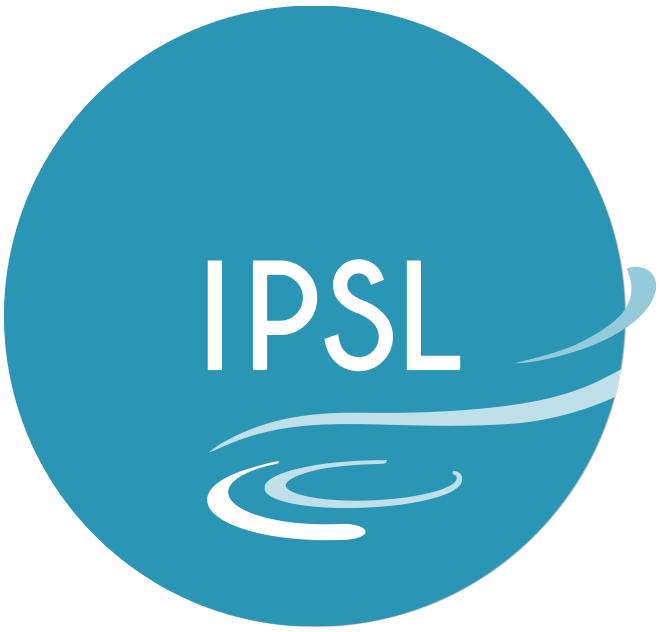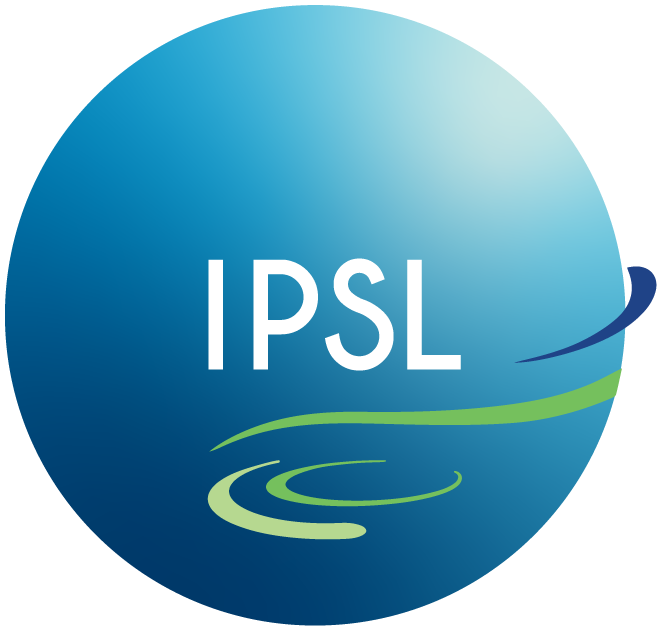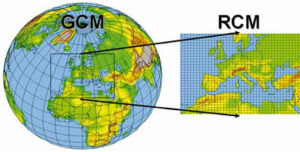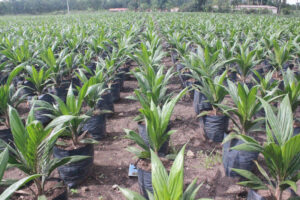Observing climate change in the ocean
Salinity is the key parameter measured by the National Observation Service Sea Surface Salinity (SNO SSS). To understand oceanic systems and their evolution, it relies on navigations lines of trade and research ships or sailboats. Gilles Reverdin, oceanographer at LOCEAN-IPSL, has a long standing commitment with the SNO SSS and discusses its role in monitoring the Earth’s hydrological cycle.
Measures of oceanic systems is a necessity to understand the complex climate systems and their evolution with climate change. But climate models need long-lines of measurements for control and validation to get a closer view of climatic trends’ evolution. Operating on opportunity’s observations of navigations lines already in motion, the mission of the National Observation Service Sea Surface and Salinity (SNO SSS) is to preserve these long-lines of measures. Today twelve lines exists, being merchant ships, research or even sailboats. The network holds a wide range of observations, from the Southern Ocean to the Pacific up to the north of the Atlantic, including tropical areas. For nearly 30 years the use of research ships enables a cover of the South of the Indian Ocean and Tasmania. “I was part of researchers in the eighties-nineties that were trying to set in motion this network, nowadays coordinated by LEGOS in Toulouse” says Gilles Reverdin, oceanographer at LOCEAN-IPSL and long-term partner of the SNO SSS.
The SSS network has undergone lots of changes since its early days. Today a large part of measures is automated on ships, in particular temperature and salinity. Yet manual samplings are still required for calibration and for some chemical parameters such as nutrient salt or dissolved carbon. These measures are also coupled with satellites and Argo floats observations offering information on the surface of the ocean on a wider scale. Deriving at 2 000 meters below the surface, the Argo floats also grant further insight on some deeper layers of the sea. “Following the anthropic carbon pump demands to be on the field, but satellite monitoring is a great advantage to track sea surface salinity” underlines the researcher.
The use of satellites is young with about ten years of experience and still faces difficulties to obtain a good resolution at the surface. Especially in the north of the Atlantic where human radar emissions interfere with satellites signals, limiting the quality of measures. Data thus needs to be calibrated and interpreted, whence the importance of associating in situ and satellites measures to validate them. “A particularity of the SNO SSS is to present data in natural time and in post-processed time” highlights Gilles Reverdin.
Measure instruments can show internal bias, drift from their route or have some residue on the surface interferering with results. Researchers need to correct these possible errors to validate measures, offering a data set in natural time available on the Coriolis network and a post-processed data set available a year later. The latter, with a higher resolution, is highly useful to the research community. They are available with other associated by-products on the data service of OMP and on the website of the ocean Pole of ODATIS.
Interrelated issues
“Historically we were mainly concerned with salinity and variability in tropical areas” mentions the oceanographer. Salt concentration in the ocean goes hand in hand with the mechanisms leading to oceanic circulation. The saltier is a water, the denser it becomes. And the difference in density between two bodies of water is one key parameter bringing about oceanic circulation. A change in salt concentration could disrupt the well-functioning of mechanisms enabling these bodies of water to plunge in depth when they reach cold regions in high latitudes. Yet the missions of the SNO SSS do not stop at salinity to deepen the understanding of the Earth’s hydrological cycle.
A new perspective emerges in the 1990’s. Cold fronts originating from the Arctic circle descend south and start increasing rainfall below 45°S. “Then, after the year 2000, a keen interest unfolds for the melting of polar ice caps. Essentially in the north of Greenland and the Arctic pack ice, but also on the west sector of the Antarctic Peninsula on the Ross Sea” details Gilles Reverdin. Both phenomena have an impact in lowering salinity concentration but the extent of the part played by either remains unclear. “We know that values are changing, but there are still strong uncertainties at a global and regional scale on hydrological exchanges and the balance between evaporation and precipitation” adds the researcher.
To shed light on the exchanges between the air and the sea researchers also look at the partial pressure of CO2 (PCO2), the concentration of carbonic gas dissolved into the ocean. They compare concentrations between the surface of the ocean and the atmosphere to follow-up the carbon flux between the two, the air being more stable and well-known. The researcher specifies that “these values are very sensitive to efflorescent blooms and upwelling”, a phenomenon leading deep bodies of water to resurface bringing along nutrients.
Taking a look at potential changes in the balance of exchanges between the atmosphere and the ocean is another component of oceanic observations. “The various oceanic phenomena are closely tied, which brings us to study subjects such as acidification and the oxygenation of surface layers of the ocean” he adds. Data collected by the SNO SSS are key assets non only to constrain climate models but also to globally reduce the still existing uncertainties in the understanding of oceanic systems.
For further information
Visit the website of the SNO Sea Surface Salinity




